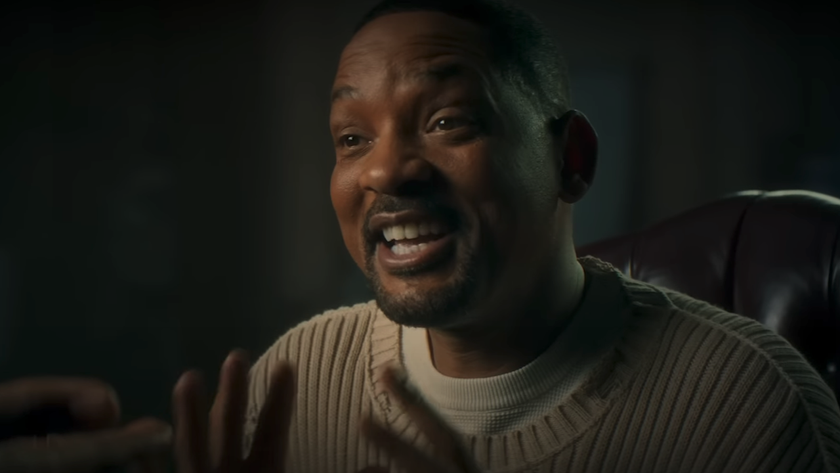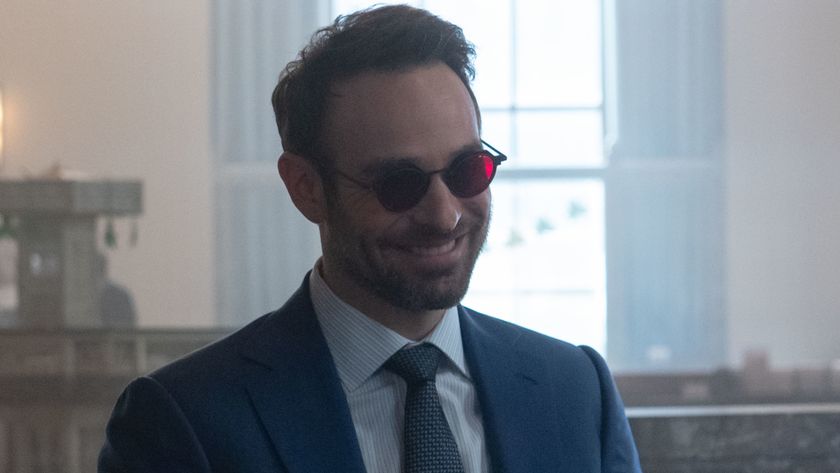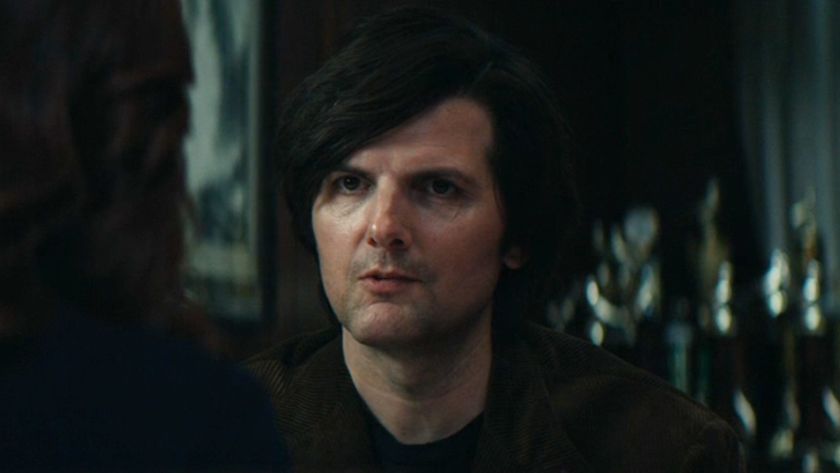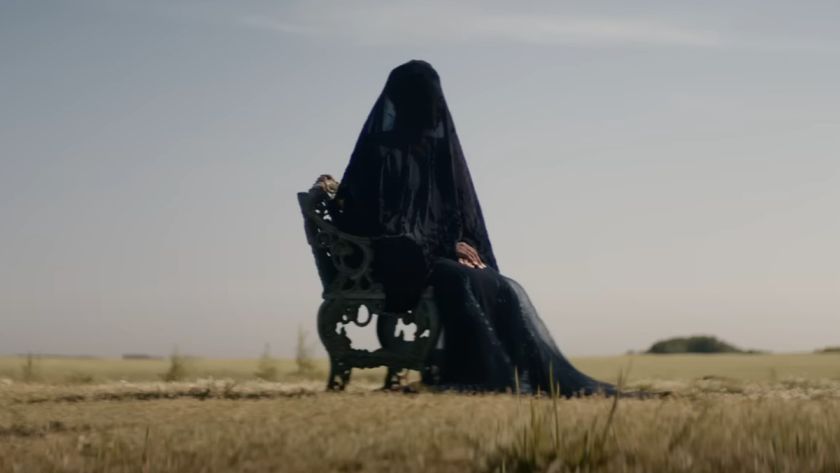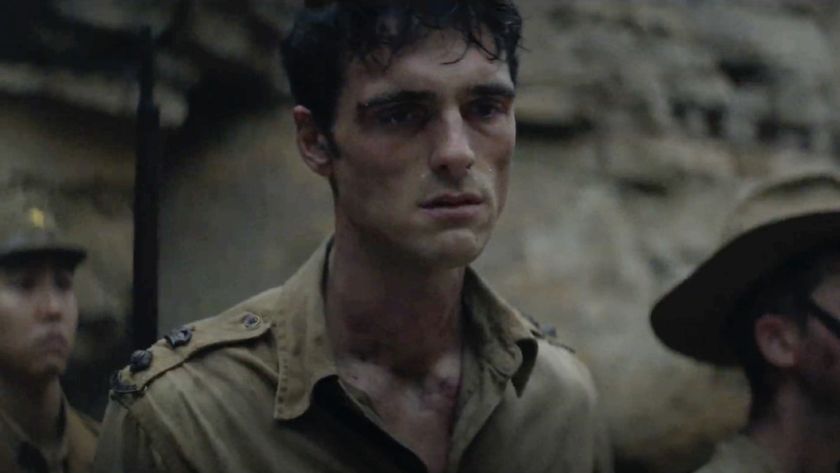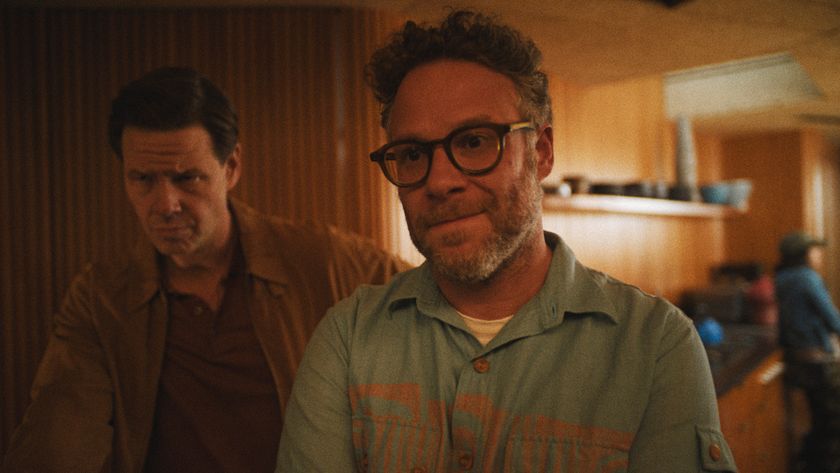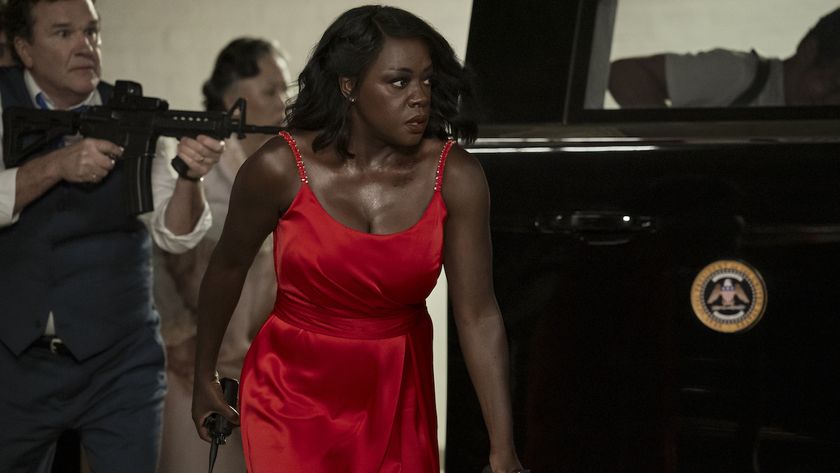Corpse Party: Blood Drive Review: Thrills, Chills And A Few Spills
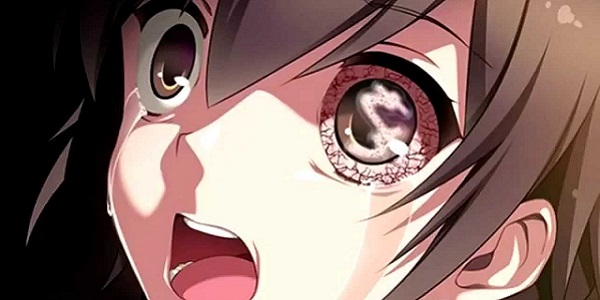
Just in time for Halloween, the doors of Heavenly Host Elementary School have once again been flung open, inviting PlayStation Vita owners to brave its many horrors…or die trying. Get ready to face an army of vengeful spirits in Corpse Party: Blood Drive.
Coming at ya from Marvelous and XSEED Games, Corpse Party: Blood Drive is the third and final instalment in the niche horror series that first crawled from the grave on the PlayStation Portable and, with this third entry, finally arrives on the PlayStation Vita.
This is one of those sequels where playing its forbearers is almost mandatory. There’s a lot of information in the digital manual and unlocked for your in-game Encyclopedia that helps fill in the gaps, but I’m guessing folks who didn’t visit Heavenly Host in the first couple of games are going to feel like some plot details are missing. It might be hard to understand who these characters are and what motivates them if you didn’t survive those first nightmares alongside them. Just a heads up.
Returning to the real world, the surviving members of the first Corpse Party games find themselves struggling to readjust to normal life. Several of their friends are dead and, due to a curse looming over the haunted school, nobody else remembers them ever existing.
It’s no surprise then that Ayumi, Satoshi, Yuka, Naomi and Yoshiki will stop at nothing when they discover that there may be a way to restore their lost companions to the land of the living. This will, of course, require a return trip to Heavenly Host Elementary School that, like the killer in any good slasher film, just won’t stay burried.
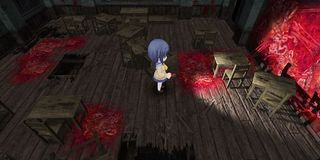
One of the cool things about the Corpse Party series is that none of the games look or play the same. As far as narrative is concerned, they all fall into the visual novel category, so expect to do lots and lots of reading. The original Corpse Party, though, was a top-down exploration game boasting graphics that would have been right at home on the Super Nintendo. Corpse Party: Book of Shadows, on the other hand, shifted the view to the first-parson perspective and played out more like an old school adventure game.
Blood Drive marks the series’ first foray into the land of 3D, with the players controlling chibi versions of the characters in a much more dangerous version of Heavenly Host. It’s pretty cool to revisit familiar sections of the school from this new perspective, as well as discover all new nooks and crannies.
CINEMABLEND NEWSLETTER
Your Daily Blend of Entertainment News
While the first two Corpse Party games put a bigger emphasis on solving light puzzles and achieving objectives in the correct order, the landscape itself provides the main thrust in Blood Drive. While not destroyed, the school is literally falling to pieces, meaning there’s all manner of deadly obstacles peppered throughout the halls. Broken glass, crumbling floor boards and booby traps litter the corridors, meaning you’ll want to proceed with caution, aided by little more than a flashlight and whatever bandages and batteries you can find hidden along the way. The flashlight is one of Blood Drive’s new mechanics, offering some spiffy dynamic lighting that helps add to the already creepy atmosphere.
The real tension in Blood Drive comes from the fact that the building itself is trying to kill you, even when there aren’t any pesky ghosts in sight. Once those spooky spectres show up, though, it’s time to high-tail it to the nearest hiding place where you’ll hope to cower in secret as they slowly make their way past. In other words, you’ll frequently need to run for your life through corridors filled with hazards with a vengeful spirit in pursuit. Forget where an obstacle lies or make a wrong turn and you’ll quickly find yourself unlocking on of the game’s many, many death scenarios.
Speaking of which, many of these endings are just as gruesome as fans have come to expect from the series, with all of the gory tidbits described in great detail. The same can be said for much of the game’s writing, with many items you inspect offering something truly horrible to discover. Yes, it’s frequently gross as hell, but those descriptions do a great job of keeping a steady sense of dread throughout the lengthy campaign.
While Blood Drive will take you a good many hours to work through its 10 main story missions, I feel like I need to reiterate that a lot of that time is spent reading oodles of dialogue and descriptions. That’s in no way knock against the game; I just want to make sure folks go in with the right expectations. Those campaign chapters are complemented by a collection of extra chapters, too, which help flesh out additional details and show how some of the bodies you stumble across wound up in that state.
It’s impossible to talk about a Corpse Party game without discussing the phenomenal sound design. The soundtrack is once again top notch, but what will really have you sleeping with a nightlight is the expertly crafted binaural audio. If you’re not playing Corpse Party: Blood Drive with the lights off and earphones on, you’re doing it way, way wrong. Haunting whispers will sound like they’re coming from across the room one moment and then right in your ear the next. Menacing ghosts will circle you while growling terrifying taunts, and the creaks and scrapes of the living school will make your journey all the more frightening.
But with all of these treats come a handful of tricks, too. For starters, there’s far too much loading. Even if the loads don’t last all that long, they happen frequently enough to really slow down the proceedings. Hit pause, for instance, and there’s a load before going into the menu. Select an item in the menu, and there’s another load. Exit that branch of the menu and, you guessed it, another load. Finally, hit pause again and you’ll sit through yet another load before returning to the game. In other words, just using an item in your inventory means you’ll need to wait through at least four load screens, which doesn’t make a heck of a lot of sense.
There’s also some issues with narrative structure here. It’s not uncommon to enter a room and load into a dialogue scene. From there, you might take a couple of steps (literally two or three) before entering a scene where you watch your character react to something in the environment and say something about it. Two steps later and you might load into another dialogue scene. Breaking up scenes like this felt choppy and I would have much preferred losing control for that handful of steps just to see the full scene take place seamlessly.

Something should also be said about the spacing of save points. In action sequences, you can return to a candle pretty much anytime in order to save your progress. That means you'll be doing a lot of backtracking if you're afraid death might be waiting around the next corner, but it's a manageable process. There's no way to save during the visual novel sections, though, which means the game does not lend itself well to pick up and play sessions. The worst example of this was a chapter that began with an extremely lengthy story section, followed by a lot of safe action gameplay that took a while to lead to a candle. That was around an hour and a half of playing without the ability to save, which is obviously a bit of an issue.
I also had the game crash on me twice. The first instance was while I was tooling around in the Extras menu, so not a big deal as I wasn't in the main game. The second time it happened, though, I was in the middle of a play session and it forced me to reset my Vita, losing a good half hour of progress and forcing me to retrace quite a few steps as I wasn't sure what, exactly, I had done since my last save. That one was obviously quite a bit more frustrating.
Finally, the cast of characters suffers from a real case of sequelitis. It’s a problem I have with many horror movie series, too, where the characters have to become more and more outlandish for some bizarre reason. I don’t need my video games to be too firmly rooted in reality, but when the first two games in the series star average students and teachers pulled into a terrifying situation, it’s a little jarring to have a gothic lolita, a foul-mouthed and super-powered teen and a barely-clothed occultist (who carries a collapsible scythe!) get added to the roster. The first games made me feel like I was playing through a ghost story while Blood Drive frequently headed in the direction of “anime, because anime!” The tone/aesthetic of these characters and some of their scenes just feel at odds with the rest of the game.
Those gripes aside, I still found plenty to enjoy in Corpse Party: Blood Drive, which offers loads of the thrills and chills fans have come to expect of the series coupled with some new mechanics that make simply exploring the school more of a challenge. As has become a common practice this year, XSEED has once again put together a phenomenal physical package for Blood Drive, too, packing in a 100-page art book and a two-disc CD that boasts dozens of tracks from all three games. If you’re a Corpse Party faithful, it’s definitely worth tracking down.
In the end, the most important thing I look for in a horror game (especially one that releases so close to Halloween) is that it provides me with some genuine chills. Despite my complaints, this return trip to Heavenly Host was a creepy delight that opted to try plenty of new things rather than fall back on a familiar formula. Not all of those changes were for the better but, on the whole, I’m happy this haunted world sucked me back in for one final scare.
This review based on a retail copy of the game provided by the publisher.
Players: 1
Platforms: PlayStation Vita
Developer: 5pb, Team GrisGris
Publisher: XSEED
ESRB: Mature
Rating:

Staff Writer for CinemaBlend.

